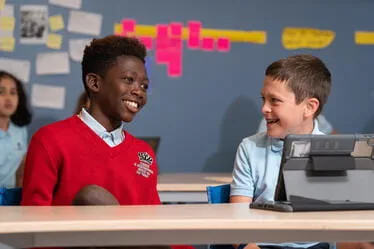We often see the children exploring the language of dance to inspire thinking, learning and discovery. They might play with their shadow, make an obstacle course or become fluttering butterflies.

We often see the children exploring the language of dance to inspire thinking, learning and discovery. They might play with their shadow, make an obstacle course or become fluttering butterflies.

We often see the children exploring the language of dance to inspire thinking, learning and discovery. They might play with their shadow, make an obstacle course or become fluttering butterflies.
We often see the children exploring the language of dance to inspire thinking, learning and discovery. They might play with their shadow, make an obstacle course or become fluttering butterflies. I was most touched this week by two children who were hovering and unsure about what they would like to do. We sat together and shared a book. One of the children mentioned ballet. The other child’s eyes lit up and she went to find a costume. She put one on herself and came back with another, the other child smiled the biggest smile and put the costume on. The girls seemed unsure of what to do next, perhaps hesitant of this new discovery of a shared interest in dance. I asked if they would like to see a recording of a ballet dancer and we watched a performance of the ‘Dance of the Sugar Plum Fairy’. The girls began to emulate some of the moves and soon began to create their own, listening to the music and allowing their bodies to move freely. They exuded so much confidence as they danced together. It was like a conversation. Gradually other children approached the dancing and seemed to inherently know how to enter into the dance. Words were not spoken. Enormous smiles and joyful expressions flowed. The movements, the embodied engagement, the development of creative dance and the aesthetics of the relationships and the form of expression were beautiful.
We recognise that the arts, as multimodal literate acts, are consistent with children’s learning nature as dramatists, painters, performers, dancers, singers, percussionists and natural story tellers. These poetic languages tap into the interconnected ways young children explore and understand the world. The arts enable children to express deep thinking and high‐level meanings without words or print. Through the arts we are able to see the child as a competent learner and to better understand a literacy learning that is informal and relating to deep inward feelings. Children are fascinated with the way their bodies move; they make connections with themselves and the world around them through movement. Dance is a language children can use to express themselves without using words. The children brought their bodies and energy, their minds and creative spirits, into a place that gives rise to the creation of dance and friendship.